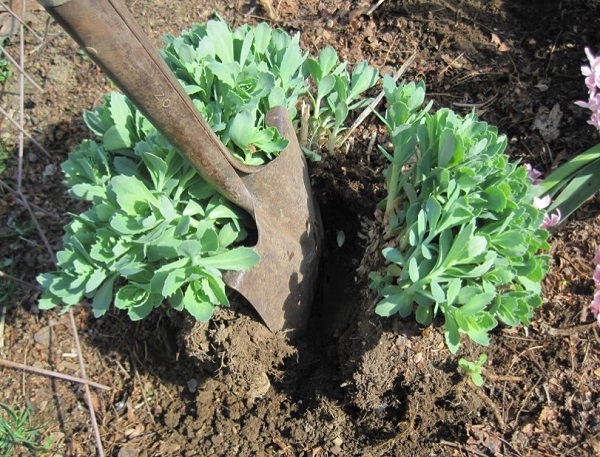
There are two things that loosely describe a perennial. A perennial, unlike an annual flower, comes back year after year. Perennials do not have a single crown emerging from the ground like a flowering shrub. Instead, they have multiple crowns, and that’s why we can divide them to get more and more plants.
Perennials can be divided at different times of the year, but I like to do them in the early spring, just as the new growth starts to emerge from the ground.
Don’t wait for the new growth to open and show leaves, but just as the shoots start to emerge you can dig the entire clump of roots out of the ground and divide that clump into almost as many pieces as your heart desires.
If you have some roots, and a little top growth, that division is likely to grow into a new viable plant.
The actual act of making the division can be done with an old butcher knife, a garden spade, or I suppose even an axe. You don’t really have to be all that gentle, perennials are very forgiving plants.
Early spring is probably the ideal time to divide perennials, but many of them can safely be done during the summer as well. They might wilt down a great deal, but they often bounce right back.
Hostas are often done after they make that first push of new growth in the spring and Daylillies are successfully done during the summer.
But I like spring because the plants are still sleeping, and spring is just a better all around time to transplant things.
Mike McGroarty is the owner of McGroarty Enterprises and the author of several books. You can visit his website at Freeplants.com and read his blog at Mikesbackyardnursery.com.
Related Articles & Free Email Newsletter Sign Up
How to Build a Simple Potting Bench
How to Prepare a Weed Free Raised Planting Bed


Comment here